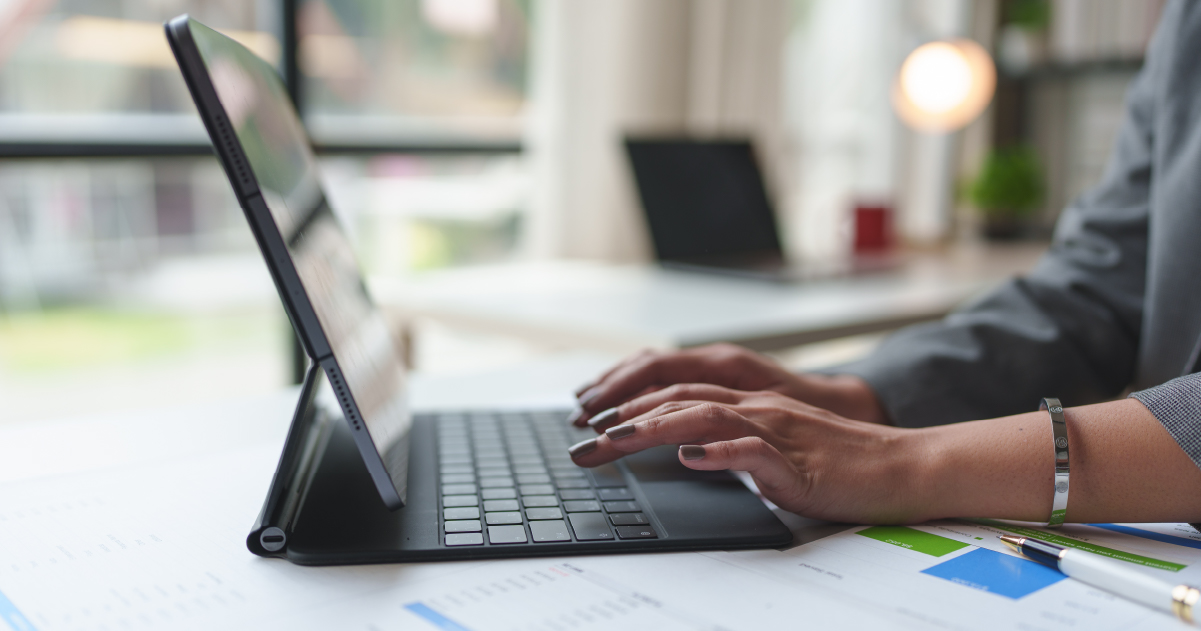Dear CRM Developers. I’m Android, Have We Met?
Earlier this week I found myself in between meetings and needing to quickly make a phone call to a business acquaintance. Much to my dismay, I realized that I didn’t have this particular individual’s mobile number stored in my Motorola Droid X2 smart phone.
As a result of this unfortunate turn of events, I had to pull the car over, open the mobile browser, log into SalesForce.com, Galvin’s CRM of choice, and write the person’s number down in order to make this call. Needless to say, this frustrating expenditure of time was not efficient and ultimately I was a little late for my second meeting.
Later, as I was reflecting on the day, I began to really contemplate why I don’t have a mobile app installed on my phone that integrates with SalesForce.com. Then I remembered it is because there isn’t one available. Blackberry (RIM) and iPhone (Apple) users both have highly acclaimed mobile versions available. So….let me get this straight, Blackberry and iPhone have apps, but Android users are left out? I found this fact so unbelievable that I started to do some research to better understand this seemingly stunning omission.
After doing some additional research I learned that one of the other 900 lb. gorillas of the CRM world, Microsoft Dynamics, also does not offer an Android compatible application. How is it that these two companies, with seemingly infinite resources and critically accliamed products, can simply ignore the leading mobile OS in the smartphone market entirely?
I stumbled onto the graphic above and wasn’t surprised to see the Android OS leading the way. However, I learned that things are not quite as the graphic above would make you believe. As of April 2011, the Android OS was licensed to 6 manufacturers (Dell, HTC, Kyocera, LG, Motorola, and Samsung) who were installing the platform on 42 individual devices.
From a software engineering standpoint, attempting to develop and test to the specifications of 42 devices would be awfully daunting. This information does make it a little easier to understand why SalesForce and Microsoft have been slow to move on the Android market.
It is clear at this point that the Android System is not going away, and is in fact growing at near record rates worldwide. Comscore.com announced in April of 2011 that Android had surpassed Apple as the 2nd leading smartphone OS in the European Union. More alarming than that, however, is the massive jump it had made in only a calendar year. From July 2010 through July 2011, the Android platform went from a 6% market share up to 22.3% market share, for a gain of over 16%.
At this point, I think the only natural question is; when? Despite the development challenges, there is a large, and still growing, group of potential users. At some point, the scales have to tip. When they finally do, I, along with a few million other folks, will be anxiously waiting.












